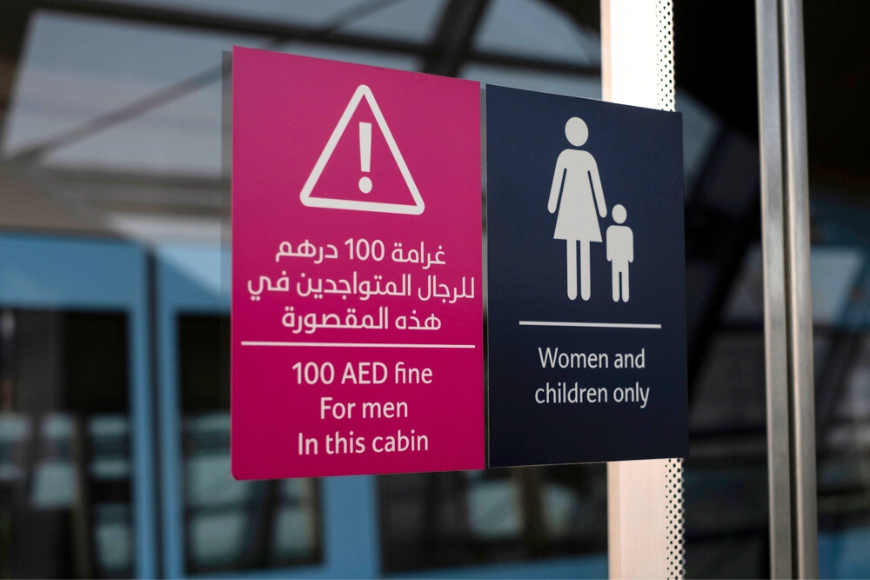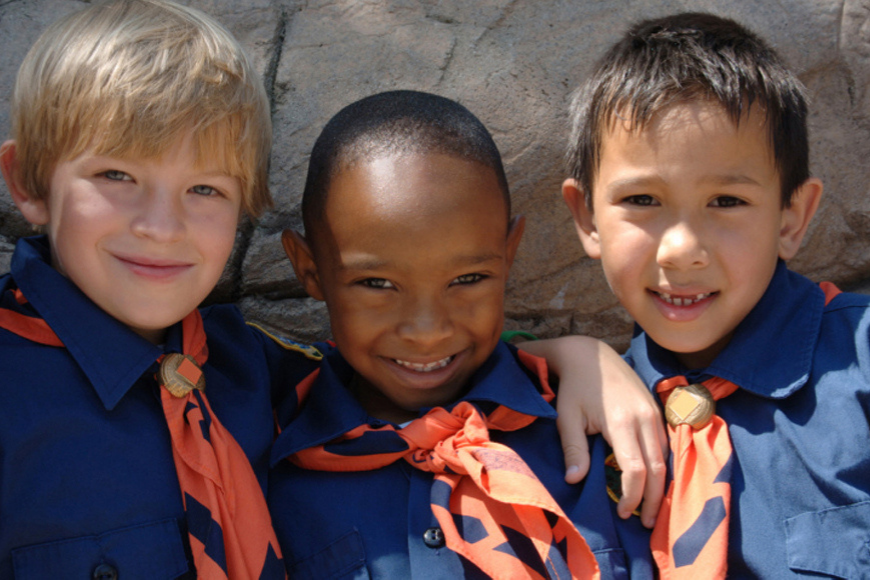12 May 2015
| Last updated on 19 April 2017
What To Do if Someone is Choking
Would you know what to do if someone you knew starting choking? It is an useful skill that could save someones life.*
Choking can be caused by a sweet, chewing on a pen lid or eating too quickly... The list is endless.
We must remember that choking is serious. Choking is when you have a foreign object is blocking your airway, thus cutting off oxygen from your body. The longer the brain lacks oxygen the more risk there is of causing brain damage.
But do you know how to help someone who is choking? How do you recognise that someone is choking?What is the first thing you do?
It is always good idea to have some basic knowledge of first aid and there are plenty of course that you can sign up for. You never know you, might save someone’s life one day!
Still here is a refresh of what to do a choking adult or child over the age of one.
1. “Are you choking?”
Now, you may think this is a silly question but it is important as it helps you understand if they ARE choking. If they answer you back, even if they say “yes” then they are NOT choking. Encourage them to cough and that should help dislodge the item in there throat. Coughing is your body’s natural defense mechanism to stop you choking.
If they cannot answer you or the have their hands grasping their throat then they are probably choking. Other signs that they are choking are:
- Blue skin
- Blue lips
- Arms waving
- Panicking
- Not breathing normally
2. Shout for help!
Now spend no more than a couple of seconds on this. It’s just great to try and get someone to call the emergency services so you can help the choking person.

3. Give 5 back blows
Using the bottom part of your palm, hit the choking person on the back in-between their shoulder blades. The aim of this is to try and dislodge the item from the throat.
4.Give 5 abdominal thrusts
Stand sideways behind the choking person with you hip pushed into their waist. Wrap your arms around there waist. Make a fist with one hand and place the thumb side in the center below the rib cage and breast bone. Wrap your other hand over the top of the fist. Make quick thrusts going inwards and upwards. The aim of this is to try and dislodge the item from the throat.
Repeat STEP 3 and STEP 4 until the item is removed, the casualty can talk or medical attention arrives at the scene.
You should always seek medical attention if abdominal thrusts have been performed on you.
SEE ALSO: How to place someone into the recovery postion
What if the child is under the age of one?
If you have a child under the age of one you need to respond a little differently. First of all it’s difficult to know if an infant is choking. Check to see if their skin is blue, they are unresponsive, they are not breathing normally or in they are not crying, as this could be signs they are choking.

Then you need to deliver:
- 5 Back Blows
While kneeling, hold infant on your arm, and face down and with your hand holding their jaw. Use your leg to support your arm that is holding the infant. Then use your palm and aim at the infants back inbetween the sholuder blades.Then
- 5 Chest Thrusts
Place the infant on the floor and using 2 fingers (middle and index fingers) deliver 5 chest thrust downwards in the center of the chest staying in contact with the breastbone.
Repeat this cycle until the item the infant is choking on dislodges, infant starts crying or medical attention is available.
And if I'm by myself?
If you are by yourself and start choking you need to administer abdominal thrusts. Try using a solid object, like the back of the chair to deliver inward and upward thrusts.
*Please note, the information listed here should prove as a refresh to your memory of those who have already attended an accredited first aid course. This information should not replace the need to attend an accredited first aid course.




.png?itok=HBSyMDok)









































































.png)






























.png?itok=0fOAXkOm)

























.png?itok=EH_x0Pha)
